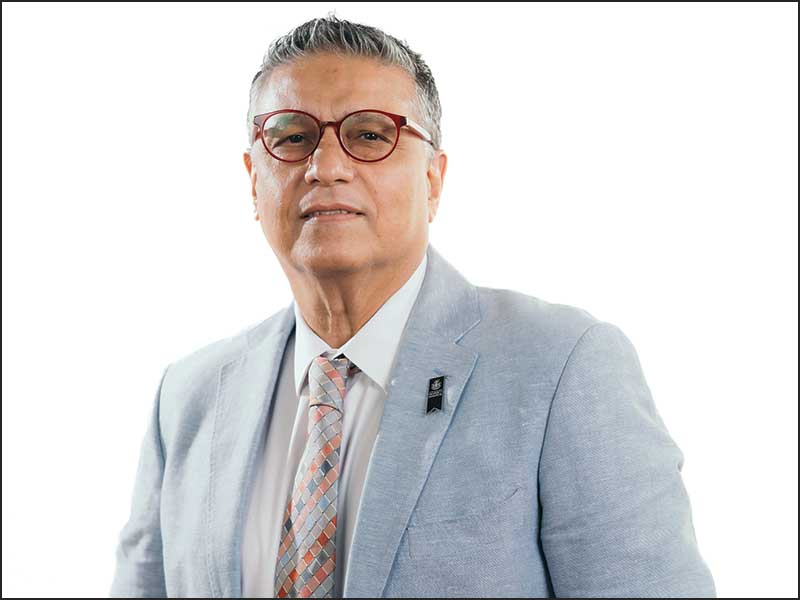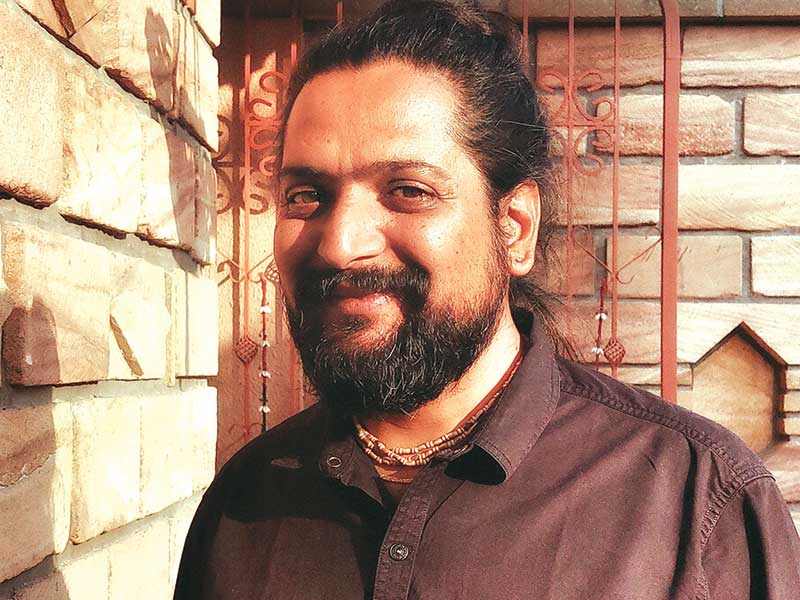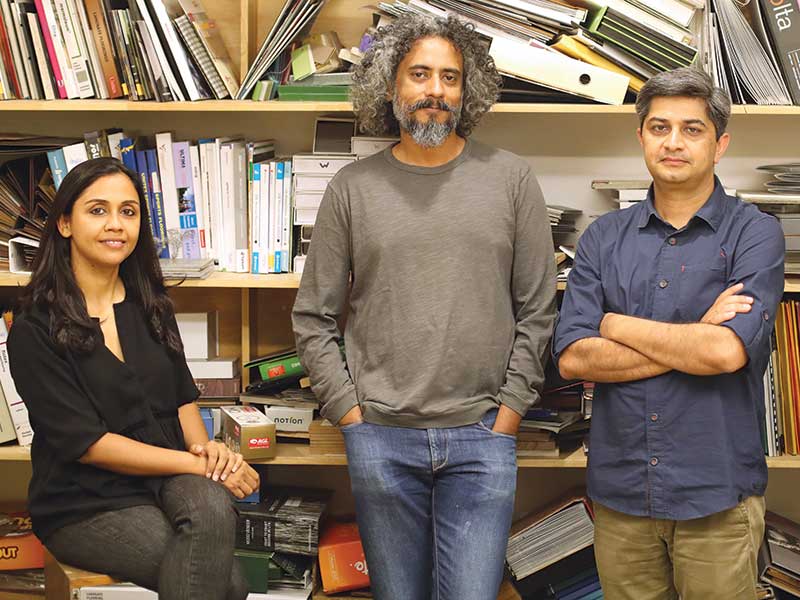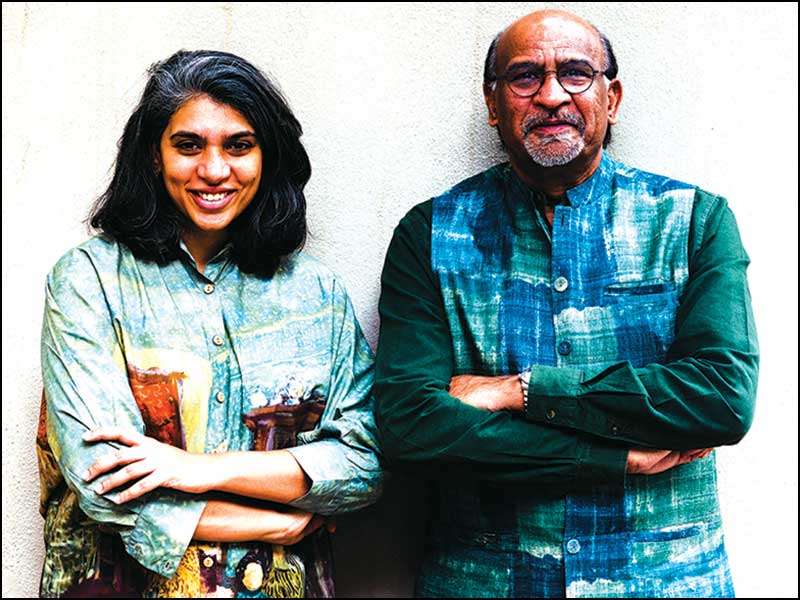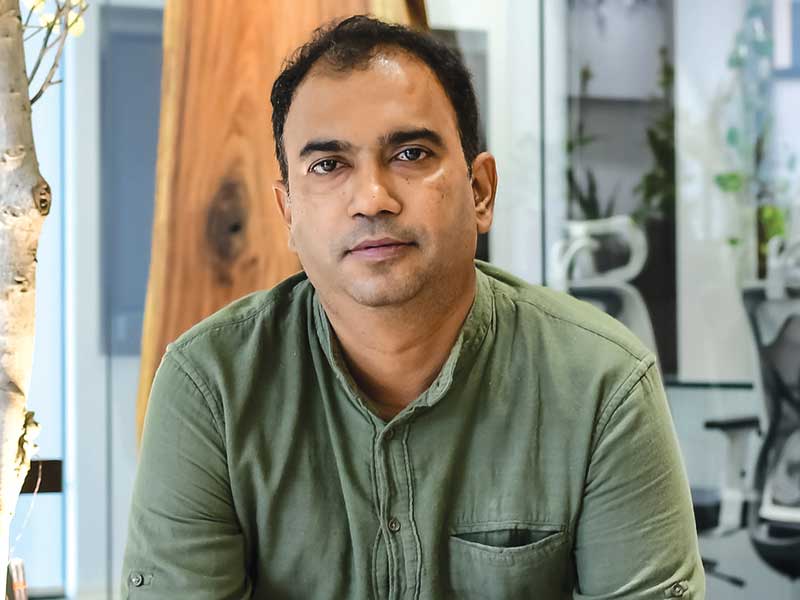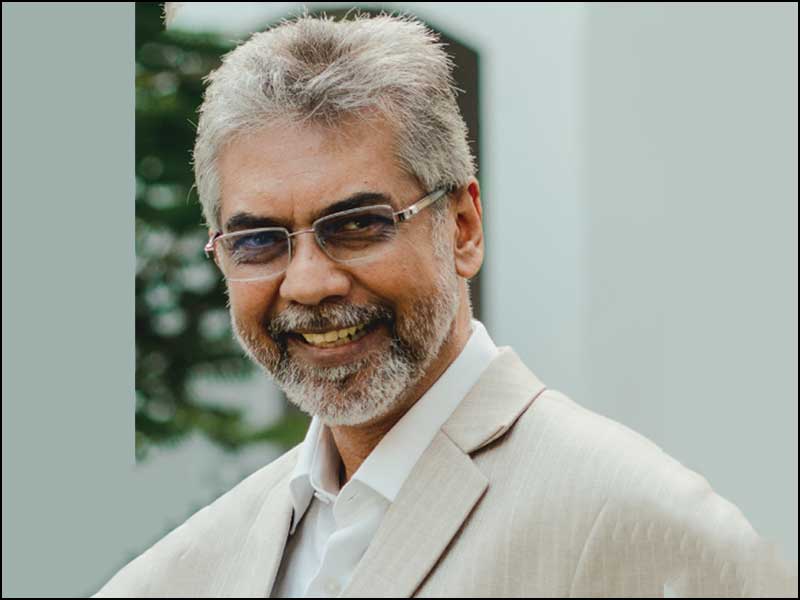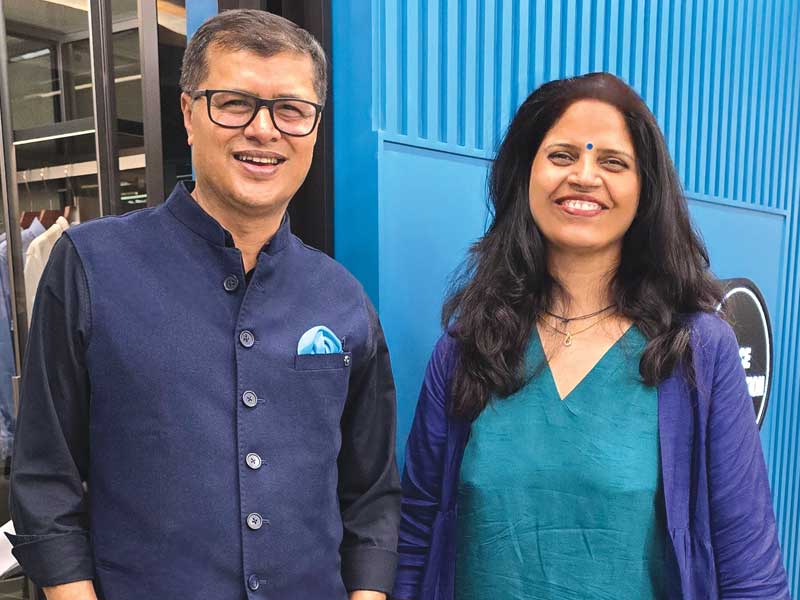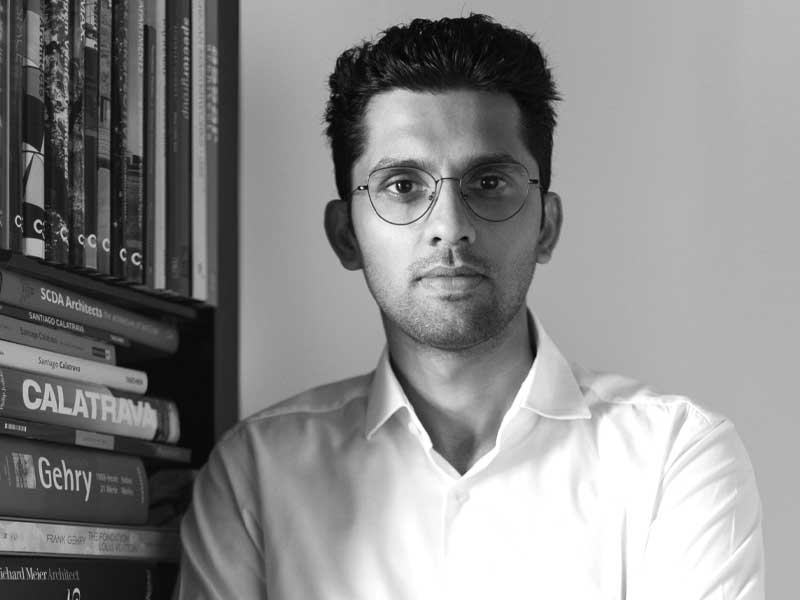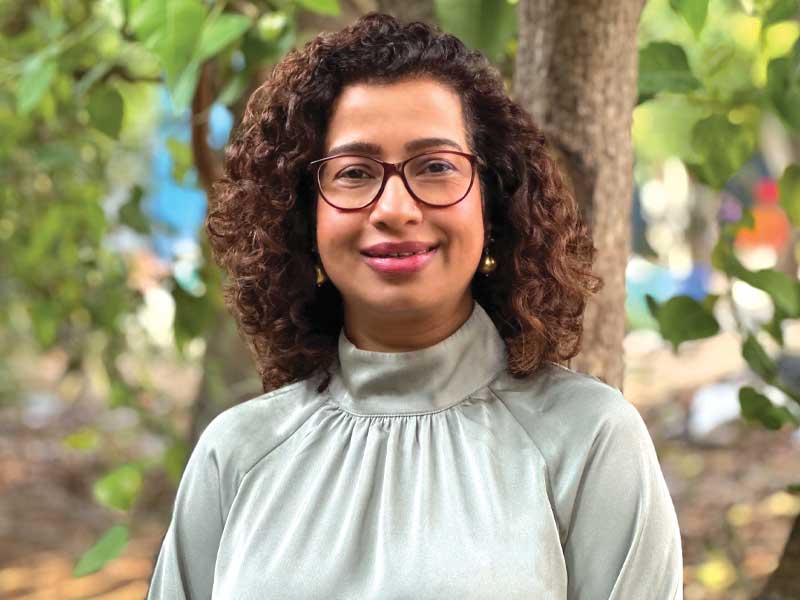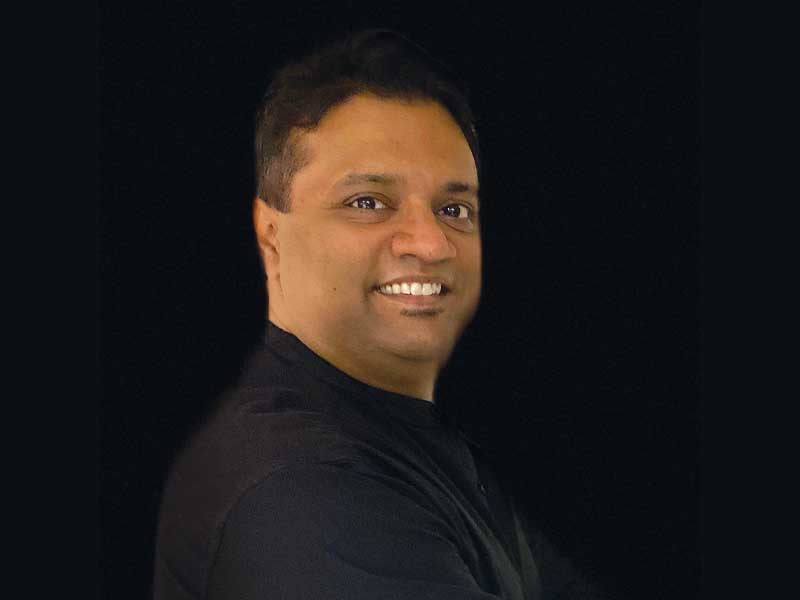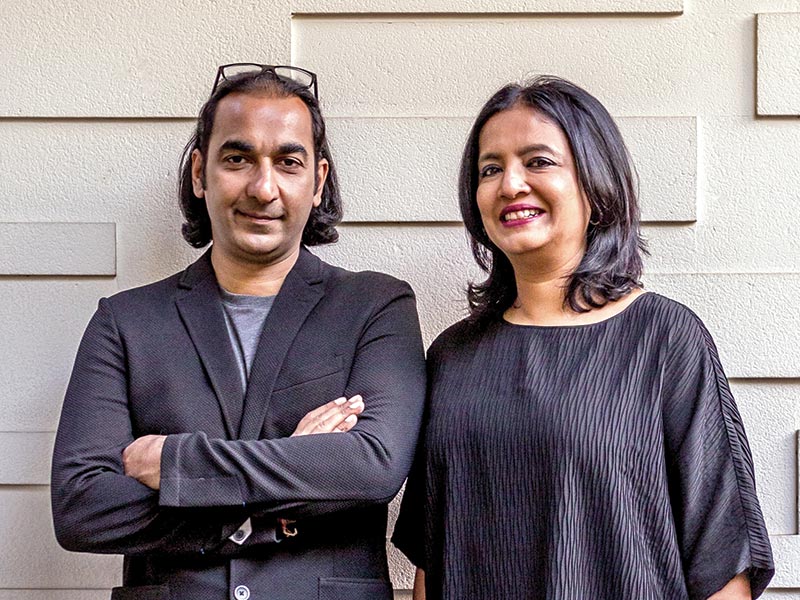
In an age of rapid industrialization, rampant construction and a networked economy, India has witnessed a pivotal acceleration in growth. That said, the scale of development has brought with it various environmental and social challenges, putting a strain on resources. The importance of living close to nature once again occupying our thoughts. At Morphogenesis, design solutions have an emergent quality due to the approach of looking at various questions through the lens of sustainability. We implement our design ethos effectively across a project whilst focusing on increasing the project’s environmental sustainability and challenging the myth that green buildings are more expensive to build and run. Our designs have an embryonic quality about them, where environmental concerns, concepts of solar heat gain, insulation, radiation, and reflection have been brought to the central stage; therefore, it is environment-readiness that forms the base of the ideas of the present times.
Architecture is in the midst of its biggest transformation since the introduction of computers.
With the advent of information technology, computer has proved to be a great tool for architects resulting in increased efficiency of design activities and has allowed architects to produce designs that are more accurate and tri-dimensional models of the buildings, enabling a realistic preview. With this, architecture is in the midst of its biggest transformation since the introduction of computers. Software such as BIM, Rhino, etc., have become ubiquitous with the design and construction fields over the last few years, supporting architects throughout the design process.
Technologies such as these are aiding a more fluid process, with integrated visualization, analysis tools, computational design and a multidiscipline collaboration, enabling transparency in the design process and simplifying the environmental planning in a building, thus making for a more sustainable project.
In this time of technological advancement and rapid urbanization, there is still much to be learned from the traditional knowledge of the vernacular.
Modern technology and the requirement for faster pace of construction has paved the way for the dominance of glass, steel and composite materials, as a result, heralding the loss of the vernacular forms, materials and techniques. We see architects embracing regionalism and cultural building traditions, given that these structures have been proven to be energy-efficient and sustainable. We have come across various clients who relate to this and have commissioned us to create architecture inspired by traditional building materials such as brick, bamboo and stone, where vernacular wisdom is amalgamated with modern aesthetic and lifestyle. These materials exude beauty and elegance in their raw state and the architecture organically develops around them.
 Prius Vision Towers, Gurgaon
Prius Vision Towers, GurgaonThere is no doubt that the future of the construction industry lies in the precast and prefab segment.
As India is heralding fast-track construction systems, new technologies such as Precast, PEB, Drywall, etc. are gaining popularity driven by the urgent need for infrastructure development. In the last few years, we have witnessed growing interest in prefab and precast construction techniques, wherein prefabricated steel structural components that are standardized and factory manufactured, and then transported to the site for assembly. Widely used across the globe for its inherent advantages, today with critical housing shortages, rising labour and input cost, and an increased emphasis on quality and timely delivery, more and more developers are opting for innovative construction practices like Precast, PEB, Drywall, etc.
There is no doubt that the future of the construction industry lies in the precast and prefab segment. There would be no looking back for the industry once standardization, acceptance and awareness are in place.
Modern architecture has reached a crisis point.
The original intention of early modernists was to seek out an architecture that was non-traditional and free of historical precedent. This led to abandoning of teaching classical architecture in favor of only modernism, creating a multi-generational gap in the continuous transfer or architectural knowledge and training from one generation to the next.
The issue at hand is simply not the ‘modern box’ but also that structures and built forms today lack an authentic connection to the nature and the very cultures in which they exist. In a bid to modernize our buildings and cities, we have lost touch with our past learnings. At Morphogenesis, we extend our design practice and sustainability into the socio-cultural realm. A special attention is paid to detailing and vernacular methods of construction. Incorporation of local techniques of craft and construction, and inclusive approach to local materials is aimed at promoting a low carbon footprint.
We are inspired by traditional methods of construction such as earthen pot insulation, earth bermed strategy, high thermal mass walls, cooling ponds and wind catchers. This imparts a distinct identity and character to the building, whilst tackling the affordability aspect of construction. This sensitivity to the local conditions aims to not only generate a robust and durable form but also makes a project socio-culturally sustainable, addressing the livability philosophy of the firm.

